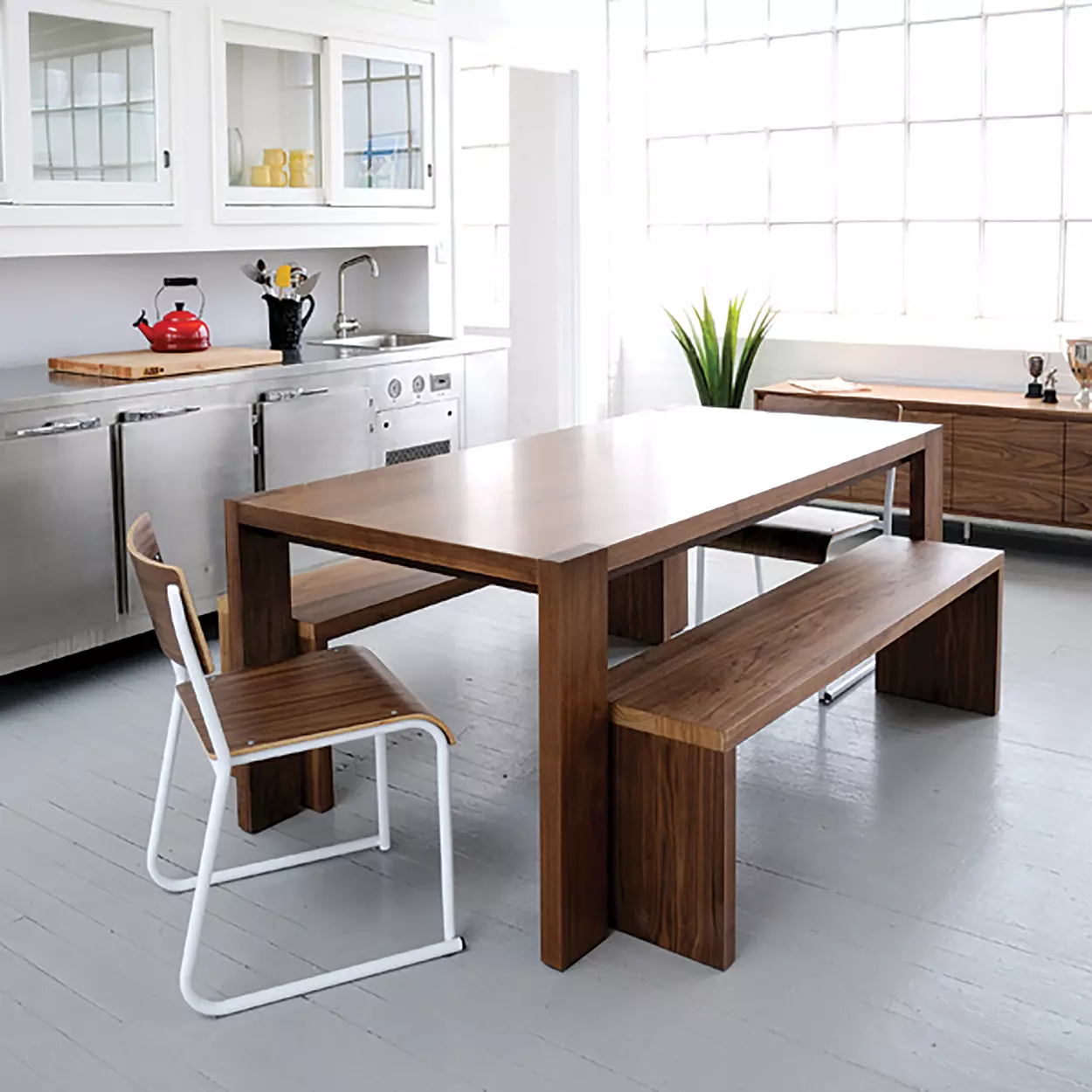
With open-concept home design becoming more popular and traditional layouts less common, the dining room is no longer restricted to a separate room. Fortunately, modern dining tables now come in various shapes and sizes, suitable for formal dining rooms or transitional spaces between the kitchen and family room.
Assess the Space

Before choosing a dining table, it is important to consider the space. Will it be a formal dining room for hosting parties and special occasions, or will it serve as an everyday setting for activities like homework and crafts? Less formal tables are often more durable, while formal tables may require more maintenance. The choice of materials plays a significant role in this decision-making process.
Dining Table Materials
Wood tables offer warmth and comfort for daily use, without easily showing wear and fingerprints. Concrete, bamboo, and certain stone finishes are also sturdy options that don't compromise style. If you prefer higher maintenance materials for occasional use, consider sleek modern options like glass, polished marble, or composite materials with unique finishes.
Select Your Style
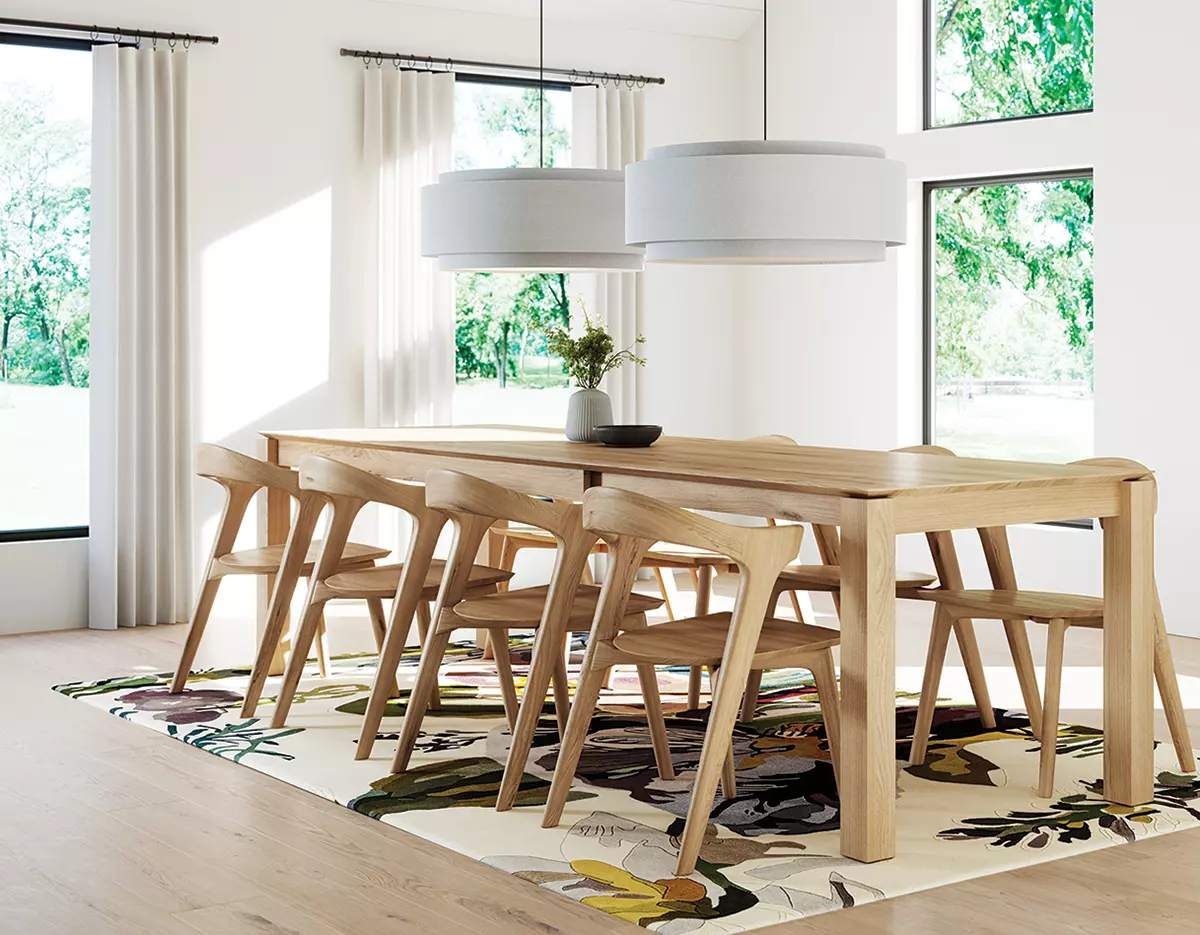
Choosing a dining table goes beyond shape and size; it's also about finding a style that complements your overall interior design. From contemporary to rustic, there are endless options to suit your taste and preferences.
Choosing a Dining Table Shape
The four most common shapes for dining tables are rectangular, square, round, and oval. Let's explore each one in detail:
Rectangular Dining Tables
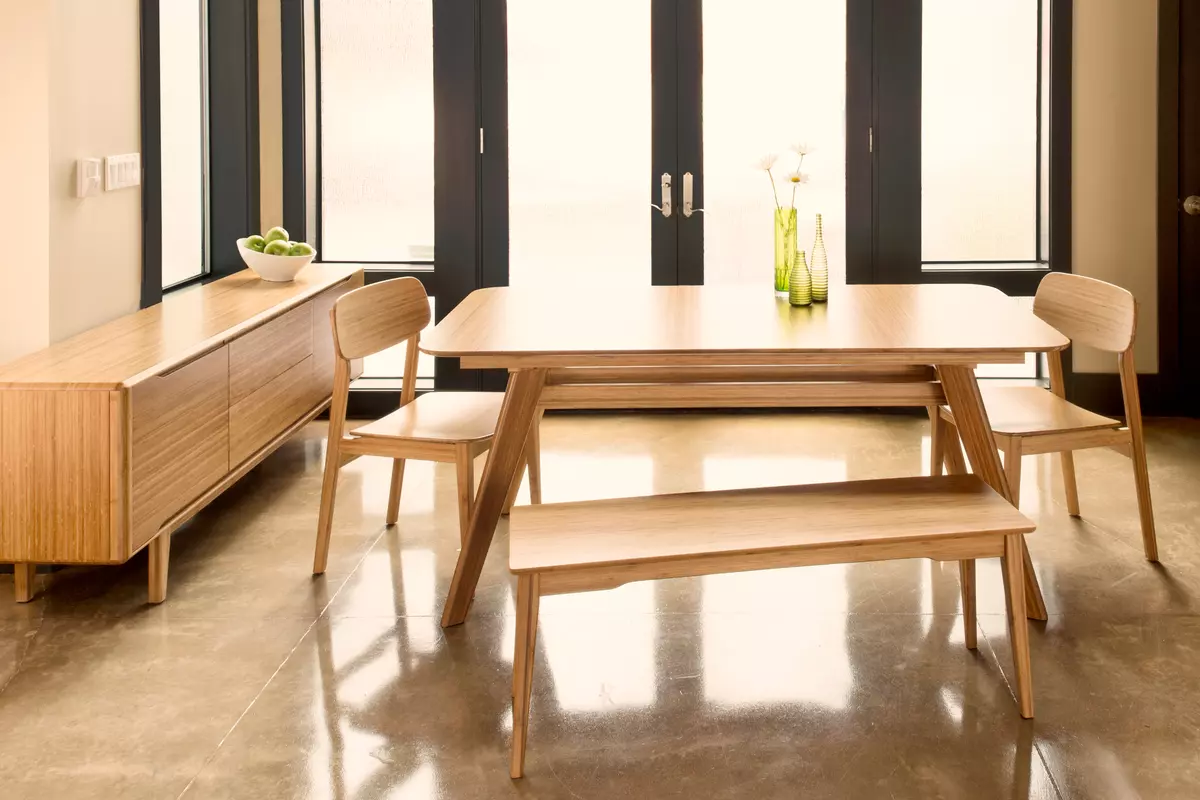
Rectangular tables are the most popular choice for their versatility and ability to seat many guests. They work perfectly in large-scale entertaining settings and provide ample room to walk around the table. Ideally, rectangular tables should be 36 to 42 inches across to ensure enough space for place settings on both sides. If you have limited space, consider using long benches instead of chairs to maximize space utilization.
Square Dining Tables

Square tables are suitable for compact rooms or small gatherings of four or fewer people. If you anticipate hosting more guests in the future, choose a table with extensions. Combining two or more square tables is also a creative way to create additional space. Square tables provide an intimate dining experience, allowing everyone to be within easy conversation distance.
Round Dining Tables
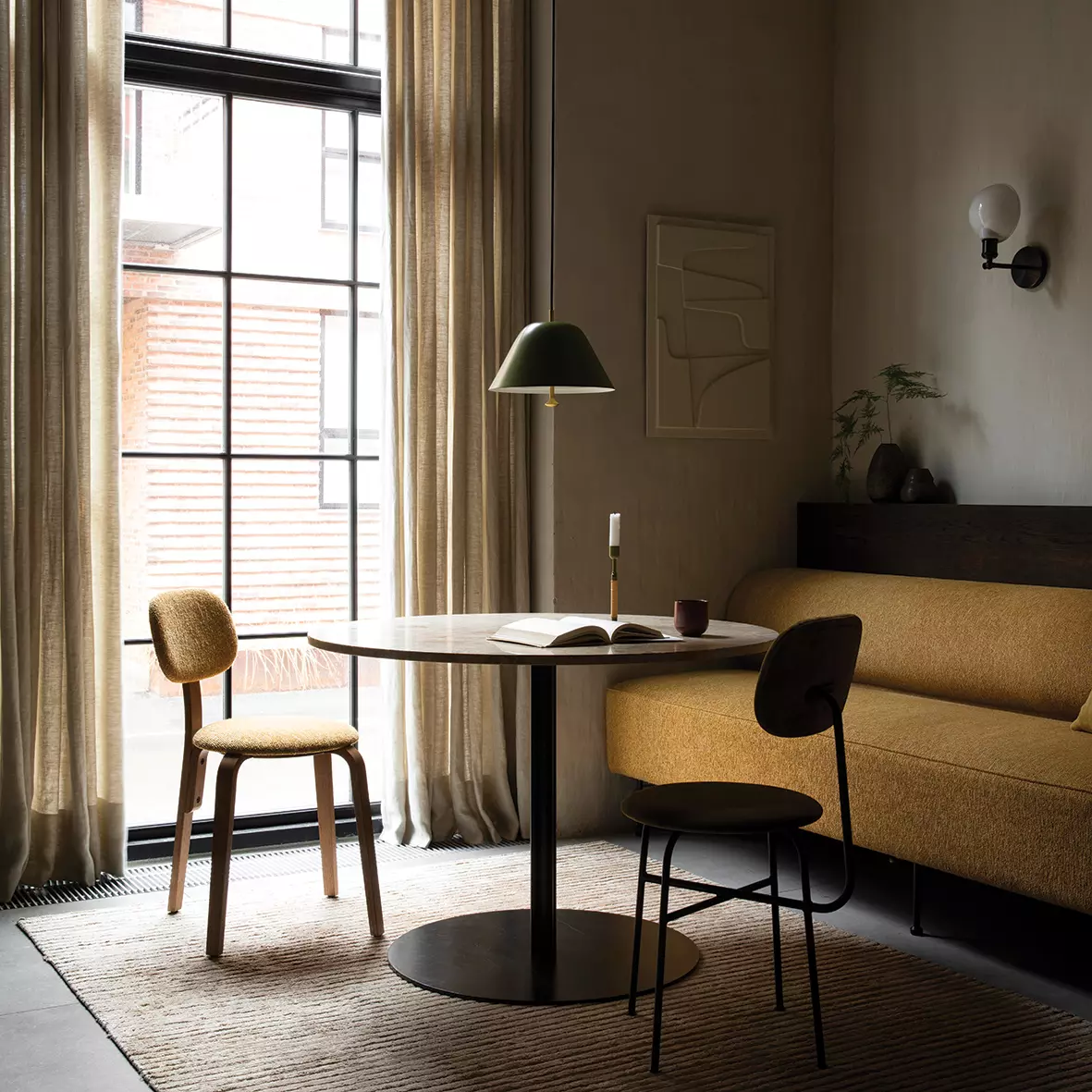
For maximum versatility and a casual vibe, round dining tables are the way to go. They are perfect for small gatherings and work well in any shaped room. Everyone at a round table can easily see and converse with each other, creating a cozy and inclusive atmosphere. Keep in mind that large round tables may make people feel far apart, so choose accordingly. Smaller round tables can be expanded with extensions when needed.
Oval Dining Tables
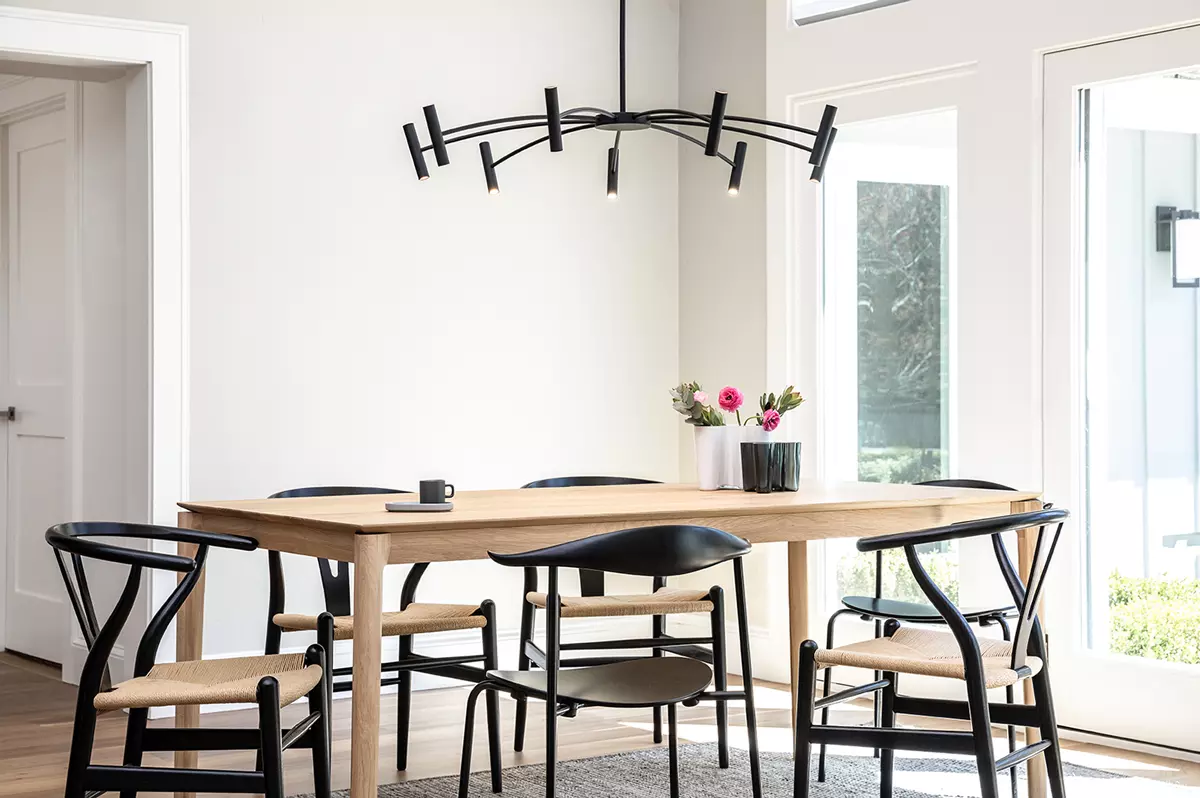
Oval dining tables offer unique visual interest due to their rounded corners. They create the illusion of occupying less space and can help soften angular lines in the room's design. Like round tables, oval tables promote intimacy and flexibility. They are particularly suitable for smaller rooms where you need to accommodate several people at once.
Choosing the Right Dining Table Size
The seating capacity of a dining table depends on its shape and size. Here's a reference guide to help you determine the appropriate size once you've settled on the shape:
| Size (Diameter) | Oval & Rectangular Will Comfortably Seat | Round & Square Will Comfortably Seat |
|---|---|---|
| 48-60 inches | 4-6 people | 4-6 people |
| 60-72 inches | 6-8 people | 6-8 people |
| 72-84 inches | 8-10 people | 8-10 people |
| 84-96 inches | 10-12 people | 10-12 people |
Remember, each person needs about 2 feet of eating space, and the table should be at least 36 inches wide to accommodate food and place settings comfortably.
Extension Tables

If you occasionally host large gatherings, consider an extension table. These tables are designed with self-storing leaves, allowing you to easily extend the table when needed and tuck the leaves away when not in use.
Table-to-Wall Clearance
When determining the dimensions of your dining table, don't forget to measure the table-to-wall space. A general rule of thumb is to leave 42 to 48 inches between the table and walls. If you have a buffet or hutch in the dining room, measure from the front edge of those pieces to the table instead of the wall.
Choosing a dining table should be an enjoyable and personal experience. Cheers to finding the perfect one for your home!









